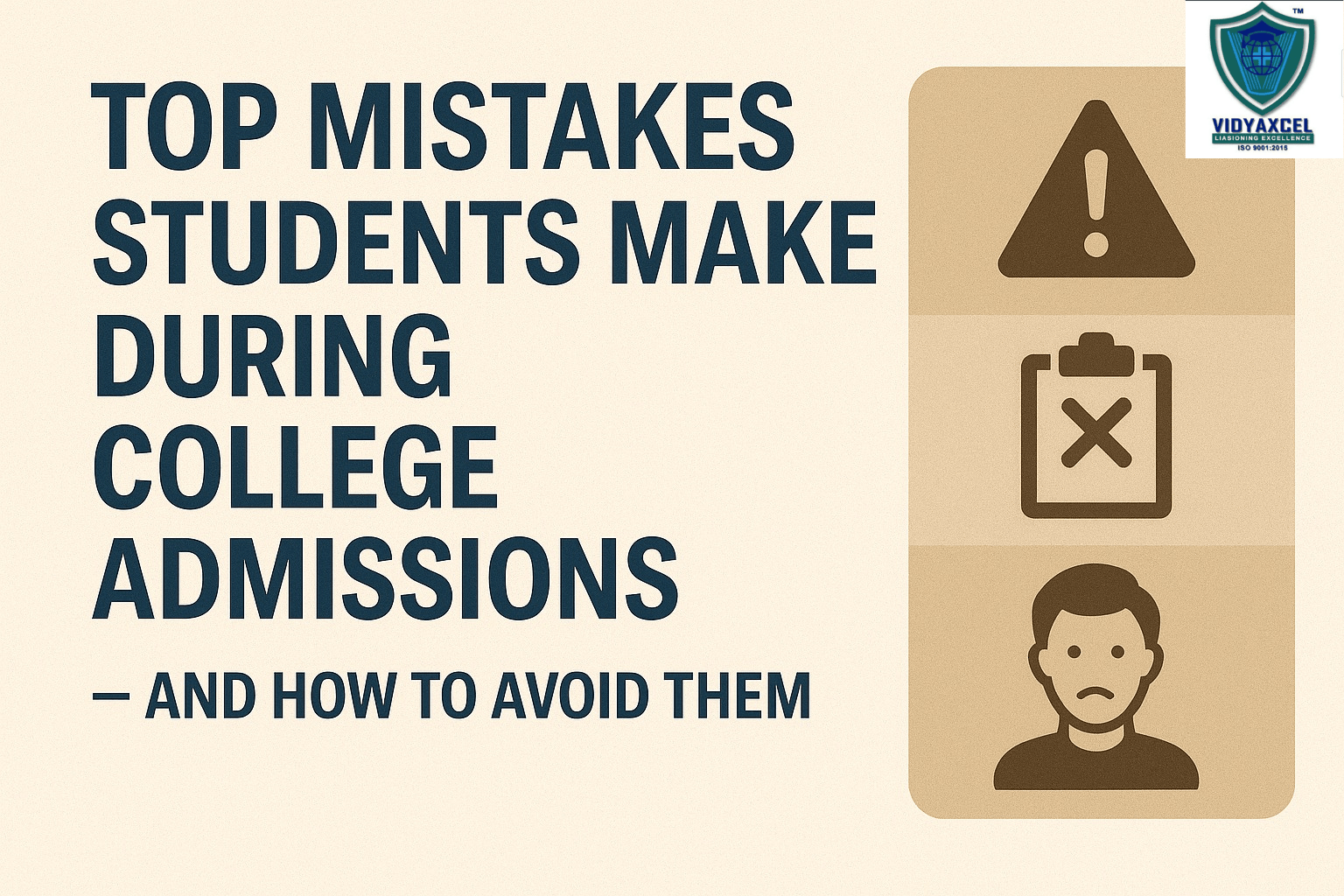Blog Details

12Dec
Early exposure to coding art or sports what works best?
Early childhood is a critical period for developing skills and discovering interests that shape a child’s future. Exposing kids to activities like coding, art, or sports can unlock their potential and build foundational skills. Each pathway offers unique benefits—coding fosters problem-solving and logic, art inspires creativity and emotional expression, and sports promote physical fitness and teamwork. But how do parents decide which activity is best? This guide explores the benefits of each option, helping you make an informed choice tailored to your child's needs and preferences.
1. The Case for Early Coding
Why It Works:
- Coding develops logical thinking, problem-solving, and computational skills.
- Builds a foundation for high-demand tech careers.
- Encourages creativity (e.g., game development, app design).
- Teaches resilience and iterative learning ("debugging mindset").
When to Start:
- Kids as young as 5 can begin with block-based coding platforms like Scratch.
- Progress to text-based coding (Python, JavaScript) by ages 10–12.
Ideal For:
- Children who enjoy puzzles, technology, or building things.
- Parents who want to future-proof their child's career prospects.
Potential Drawbacks:
- Requires access to technology and screen time limits.
- May not appeal to children who prefer physical or creative outlets.
2. The Case for Early Exposure to Art
Why It Works:
- Art nurtures creativity, emotional expression, and problem-solving.
- Enhances fine motor skills and attention to detail.
- Builds cultural awareness and appreciation for aesthetics.
- Can lead to careers in design, animation, or fine arts.
When to Start:
- Kids can begin drawing, painting, or crafting as toddlers.
- Explore digital art tools by ages 8–10.
Ideal For:
- Children with vivid imaginations or a preference for hands-on projects.
- Parents who value emotional intelligence and creative exploration.
Potential Drawbacks:
- May lack the structured learning and competitive environment some children thrive in.
- Artistic careers can be less financially stable without strong professional development.
3. The Case for Early Sports Participation
Why It Works:
- Sports promote physical health, discipline, and teamwork.
- Teaches resilience, goal-setting, and handling competition.
- Builds social skills and lifelong habits of exercise.
- Opens opportunities for scholarships and professional careers.
When to Start:
- Basic sports (e.g., swimming, soccer, and gymnastics) can start at ages 3–5.
- Competitive training typically begins at 8–12, depending on the sport.
Ideal For:
- Kids with high energy levels or a love for outdoor play.
- Families who value physical fitness and social engagement.
Potential Drawbacks:
- Intense competition or early specialization can lead to burnout.
- Risk of injuries and time commitments.
4. Combining All Three
- Integrated Learning: Coding games with creative designs or sports analytics tools can combine tech and art/sports.
- Balanced Exposure: Early years can focus on trying multiple activities before honing in on specific interests.
5. Deciding What Works Best
Ask yourself:
- What excites your child the most?
- Do they show natural aptitude in a particular area?
- Can you provide resources and encouragement for that activity?
Conclusion
There’s no single answer to what works best—coding, art, or sports—because every child is unique. The key is to provide early exposure to various activities and observe what excites and engages them most. Encourage exploration, nurture their strengths, and support their growth in a balanced way. Whether they become programmers, artists, athletes, or something entirely different, the goal is to help them develop confidence, skills, and a passion for lifelong learning.
FAQ’s
Why is early exposure to activities like coding, art, or sports important?
Early exposure helps children discover their interests, develop foundational skills, and build confidence. These activities can enhance cognitive, physical, and emotional growth during crucial developmental years.
How do I know which activity is right for my child?
Observe their natural interests and inclinations. If they enjoy puzzles or technology, coding may be a good fit. If they love drawing or creating, art could be ideal. For active, social kids, sports might be the best option. Let them explore multiple activities to see what resonates.
At what age should kids start learning coding?
Children as young as 5 can begin learning basic coding concepts through block-based programs like Scratch or Code.org. Around 10–12 years old, they can transition to text-based coding languages like Python.
Can children pursue more than one activity simultaneously?
Yes! Many children balance multiple activities, such as coding and sports or art and coding. This helps them develop diverse skills and prevents burnout from over-specialization.
Are there risks to early specialization in one activity?
Early specialization may lead to burnout, stress, or physical strain (for sports). It can also limit a child’s opportunity to explore other interests. A balanced approach is generally better.
Our Office: West Bengal, Maharashtra & Delhi.
For More Infomation about admission in Medical, Engineering, Management & Study in Overseas Details.
View Current Study Overseas, Medical, Engineering & Management Admission Details Video.





